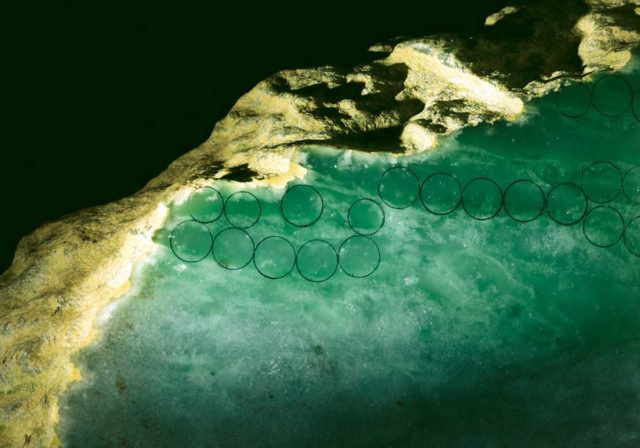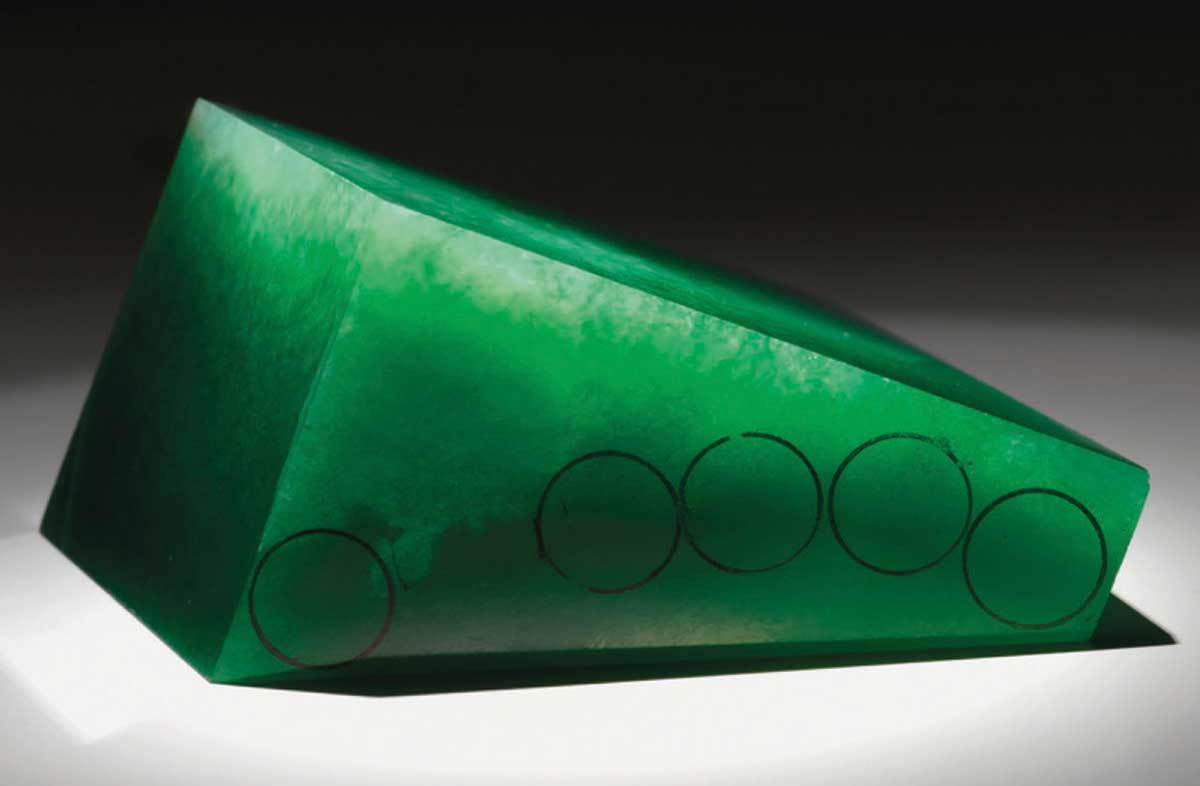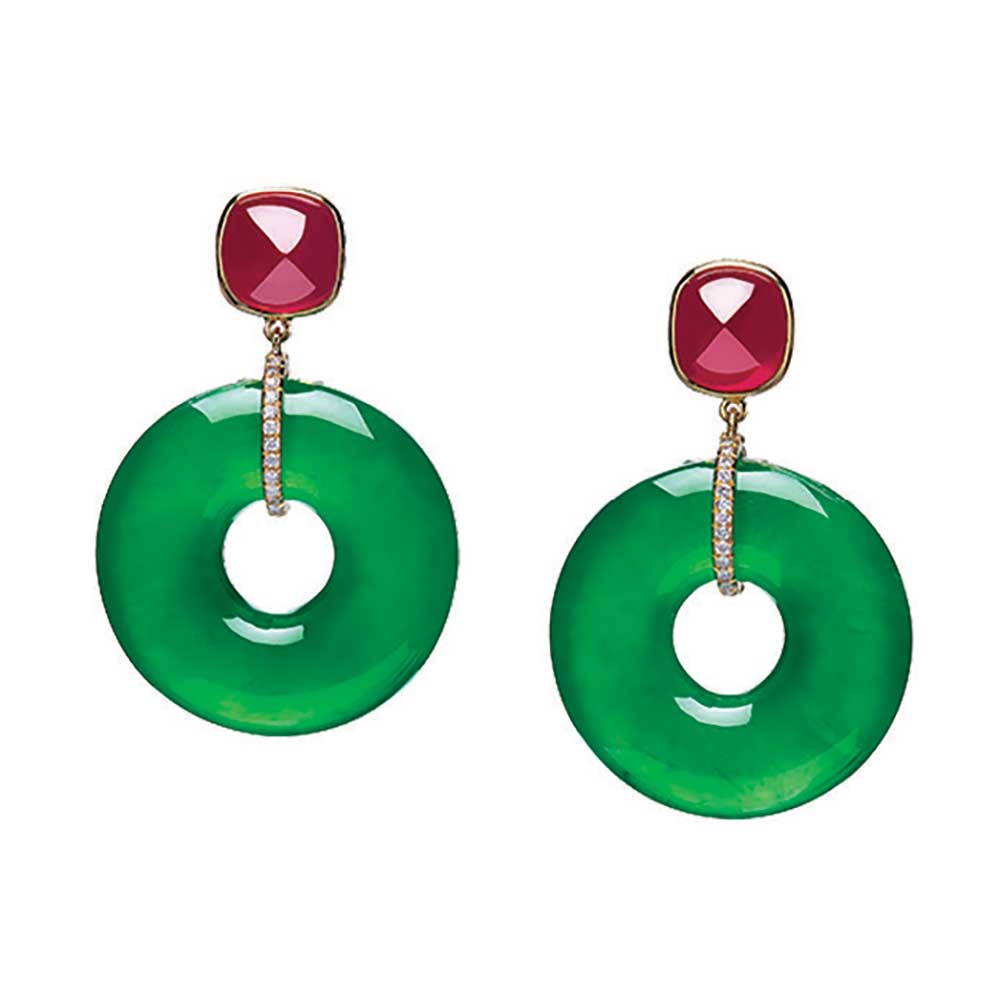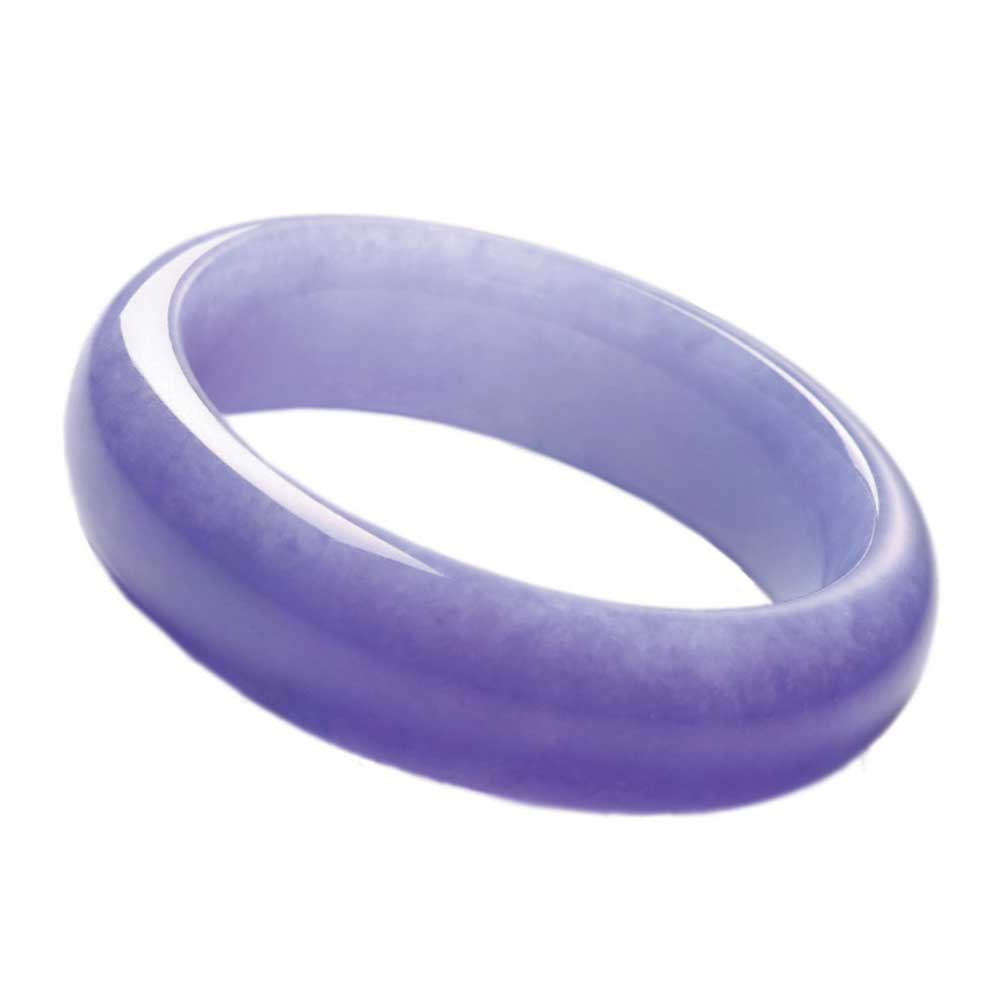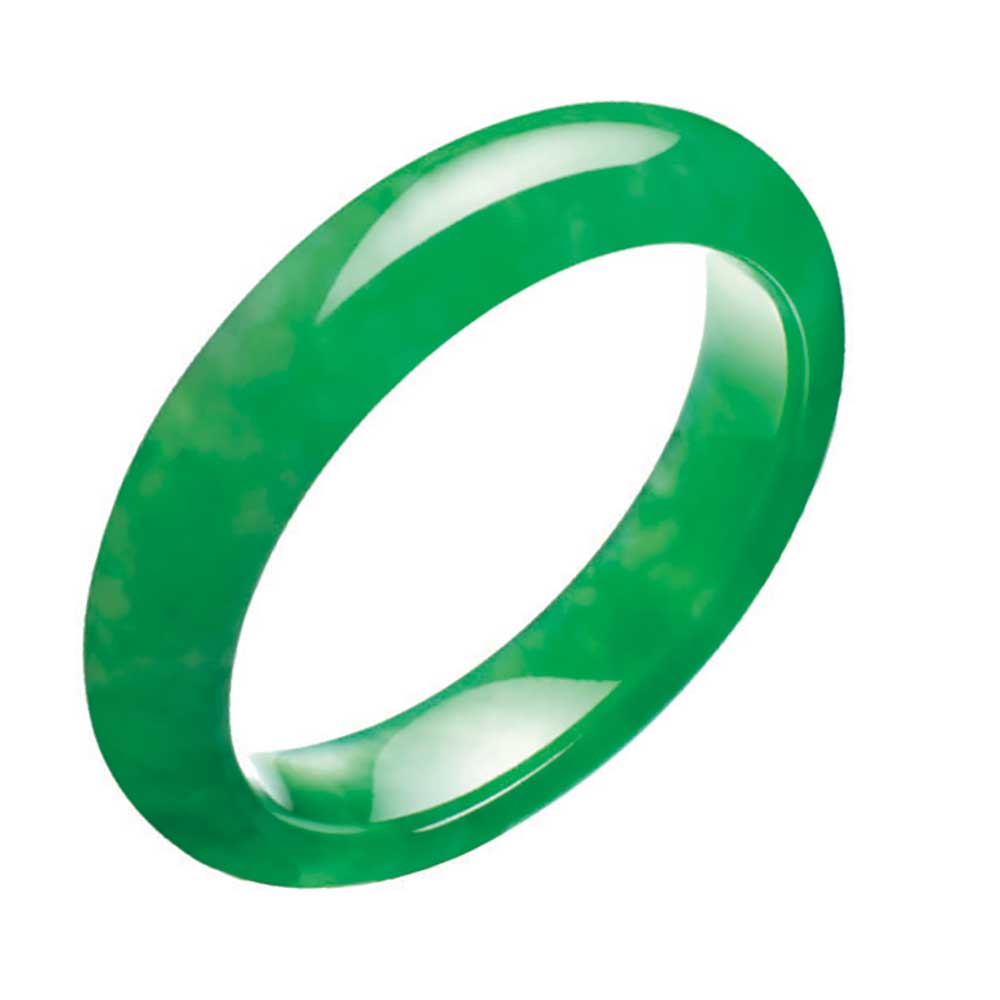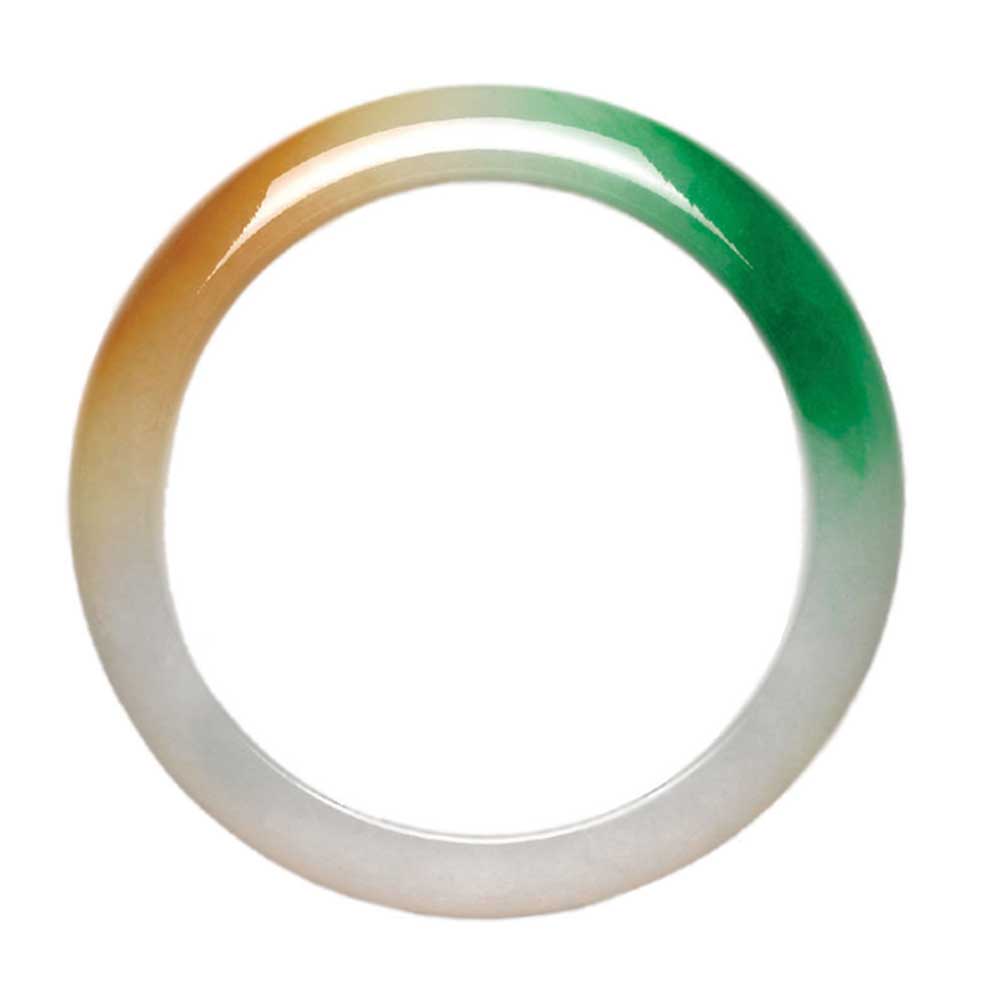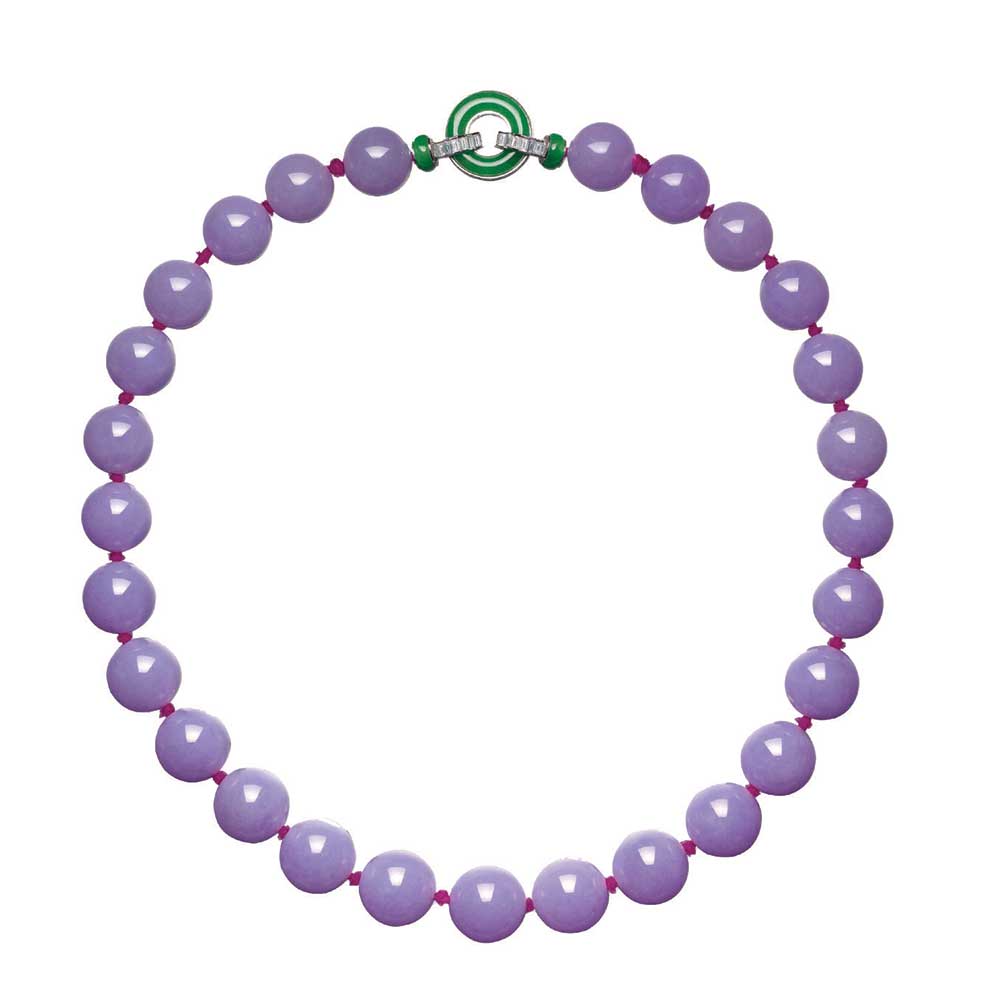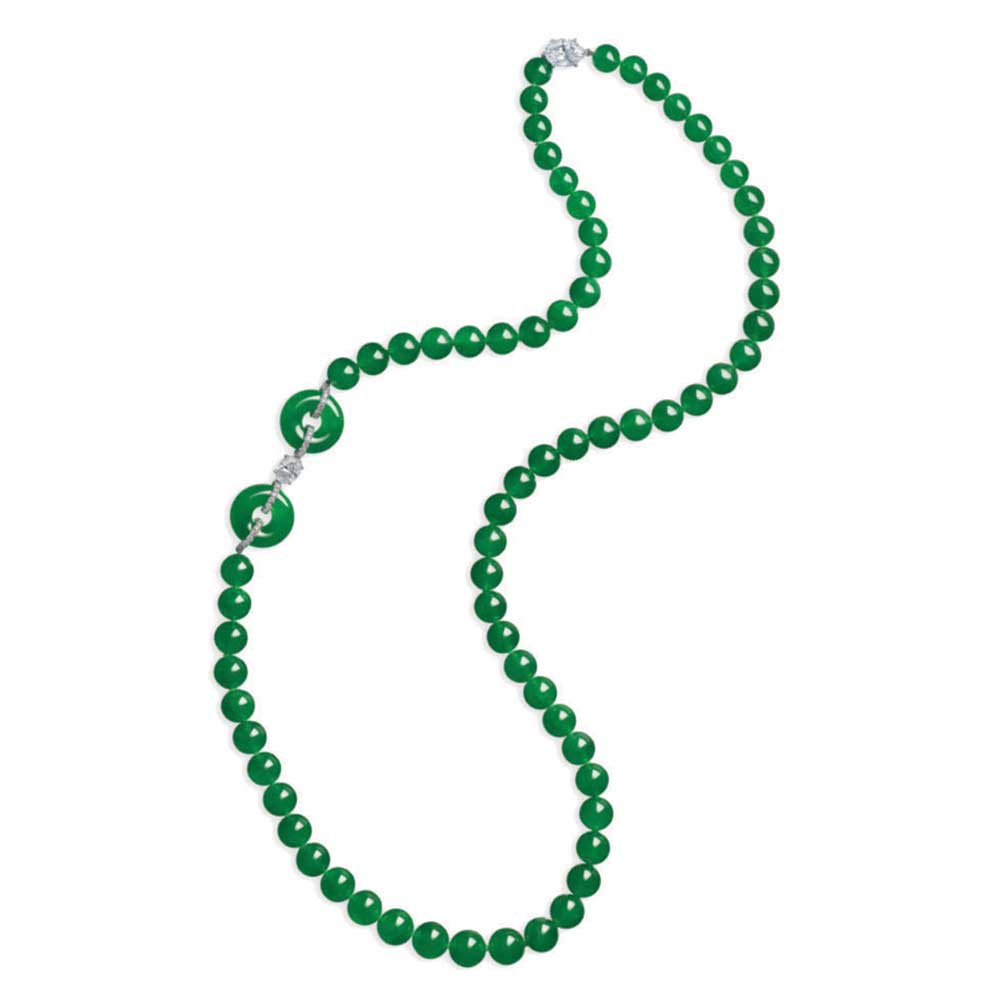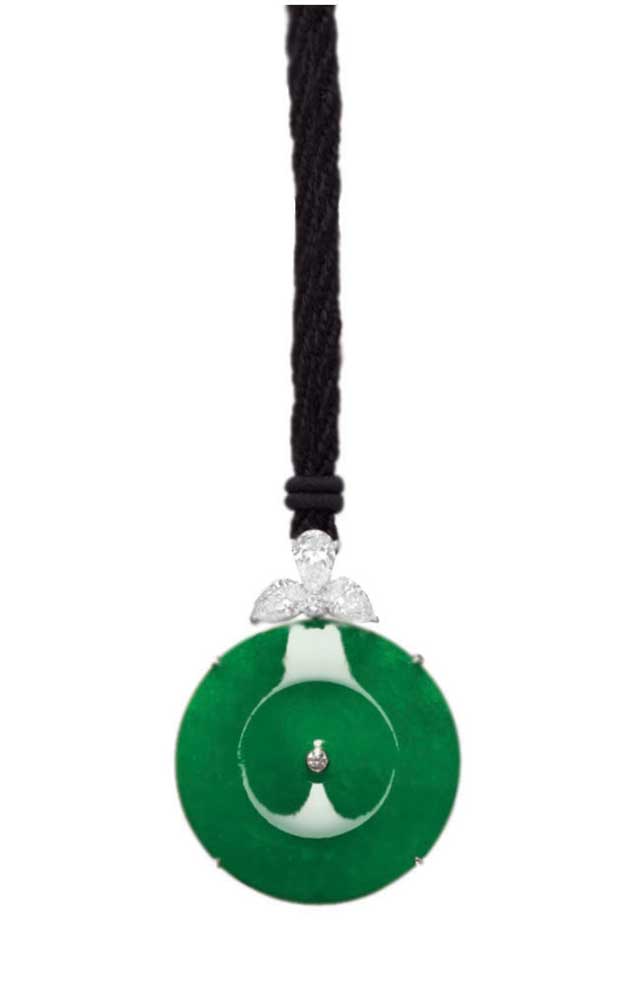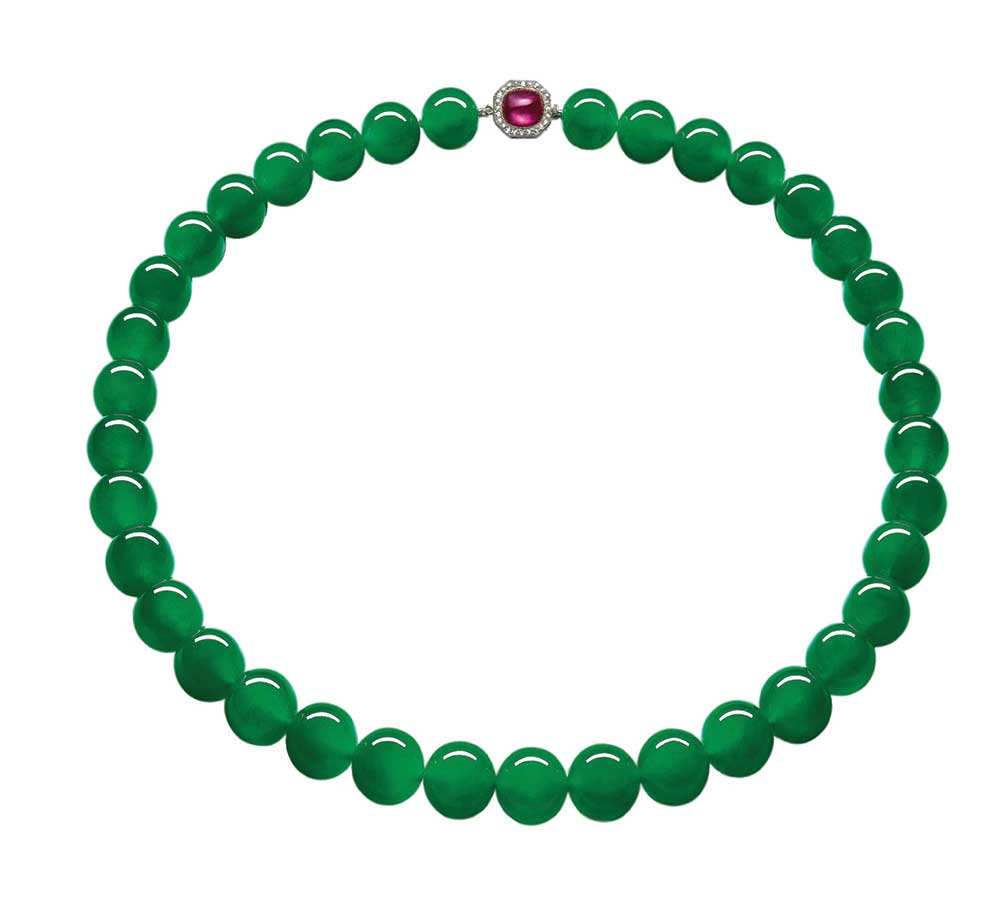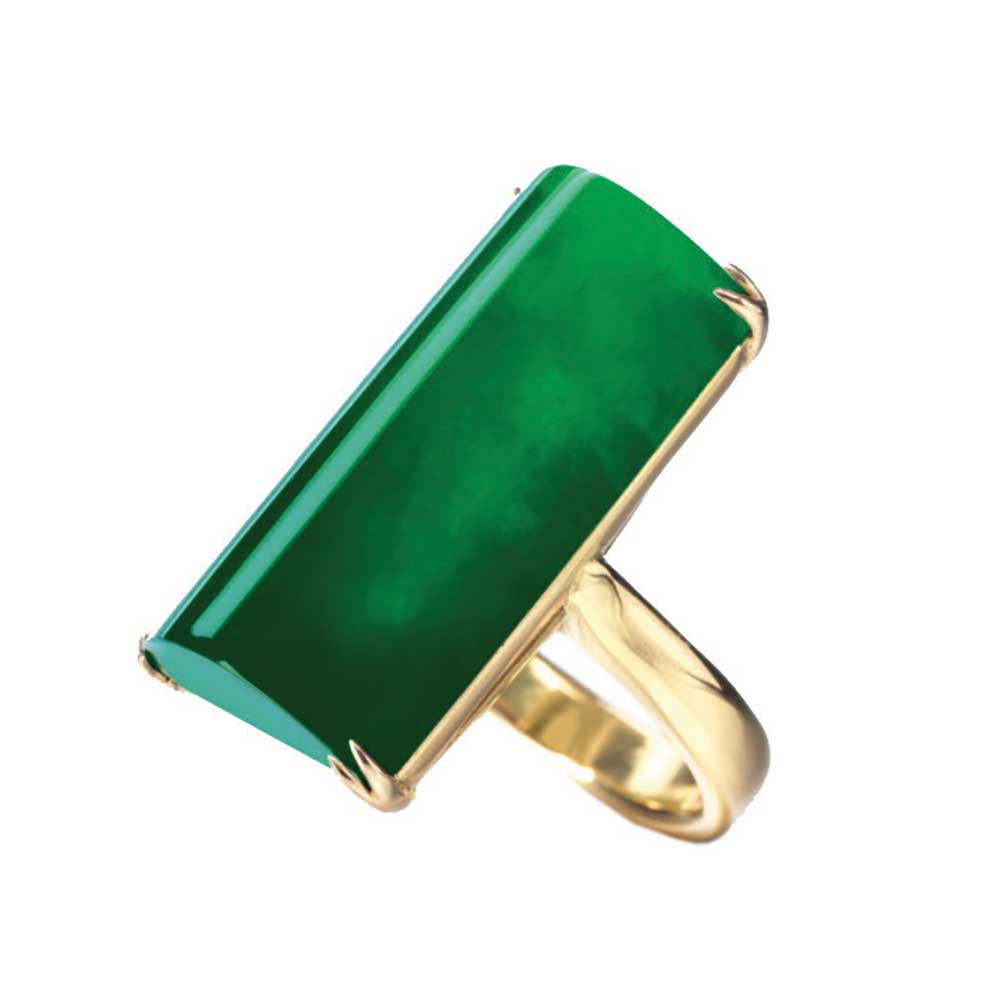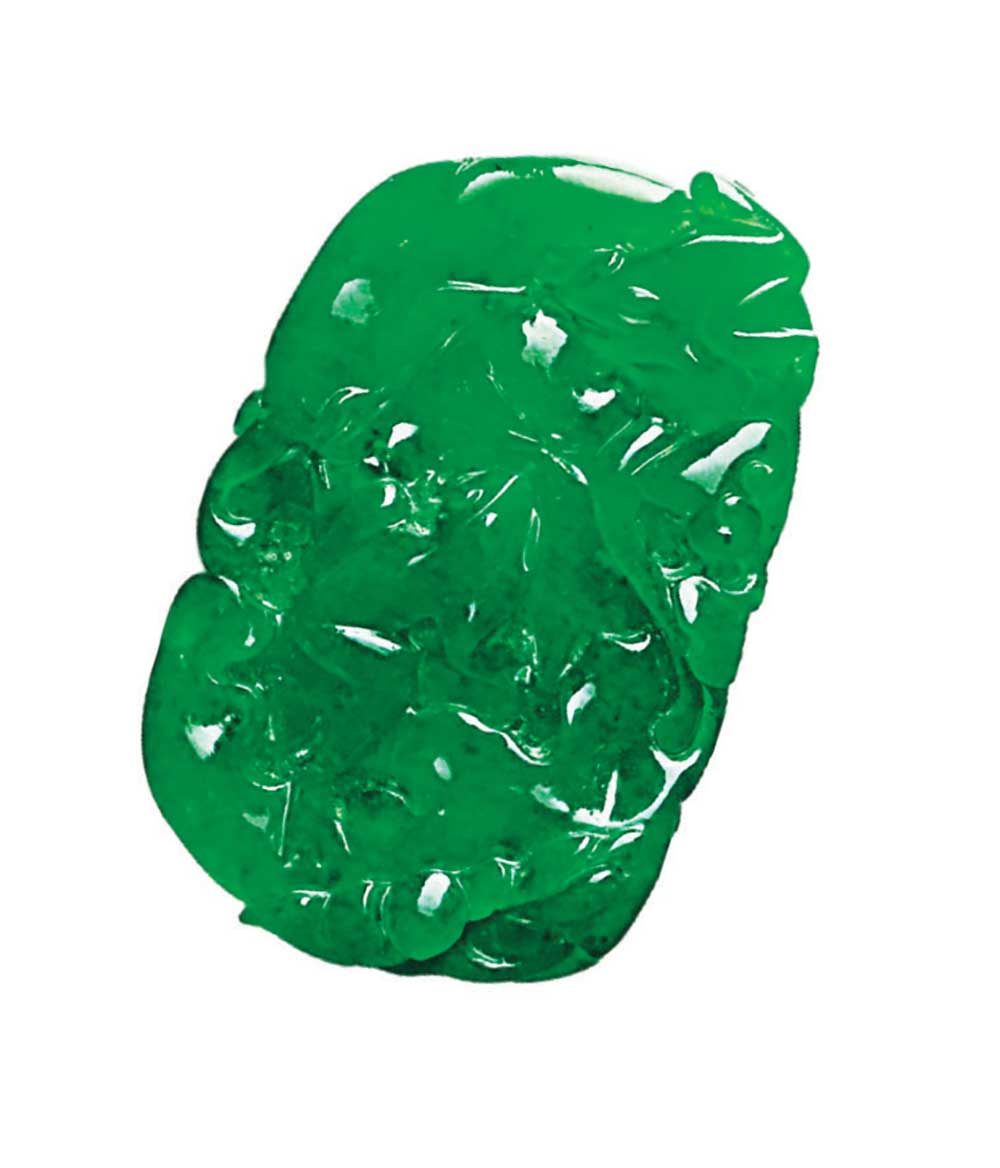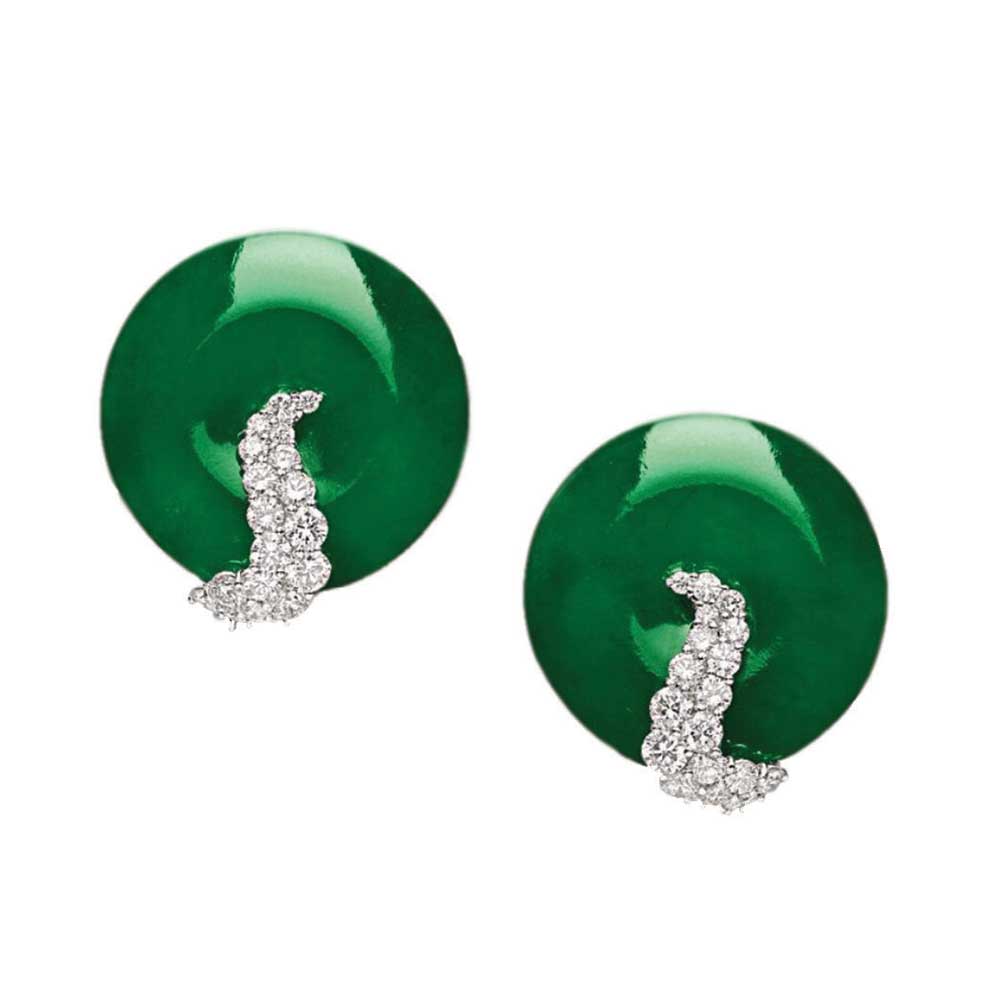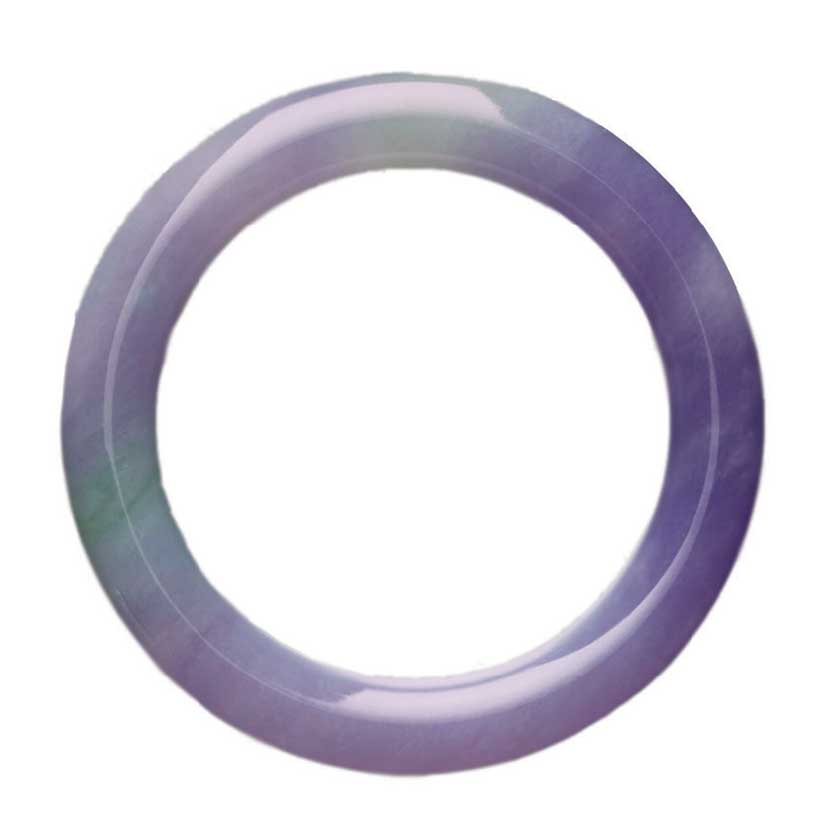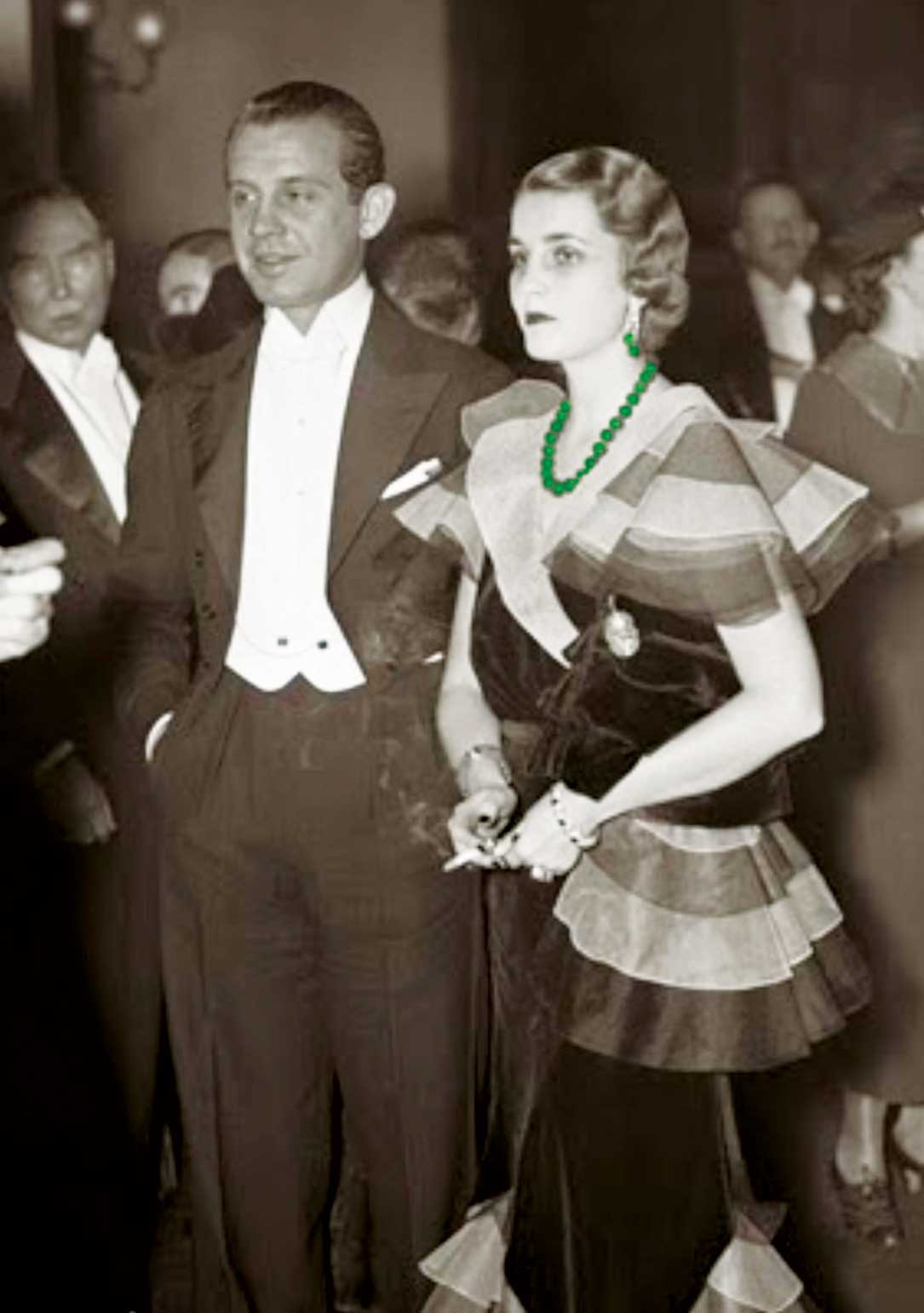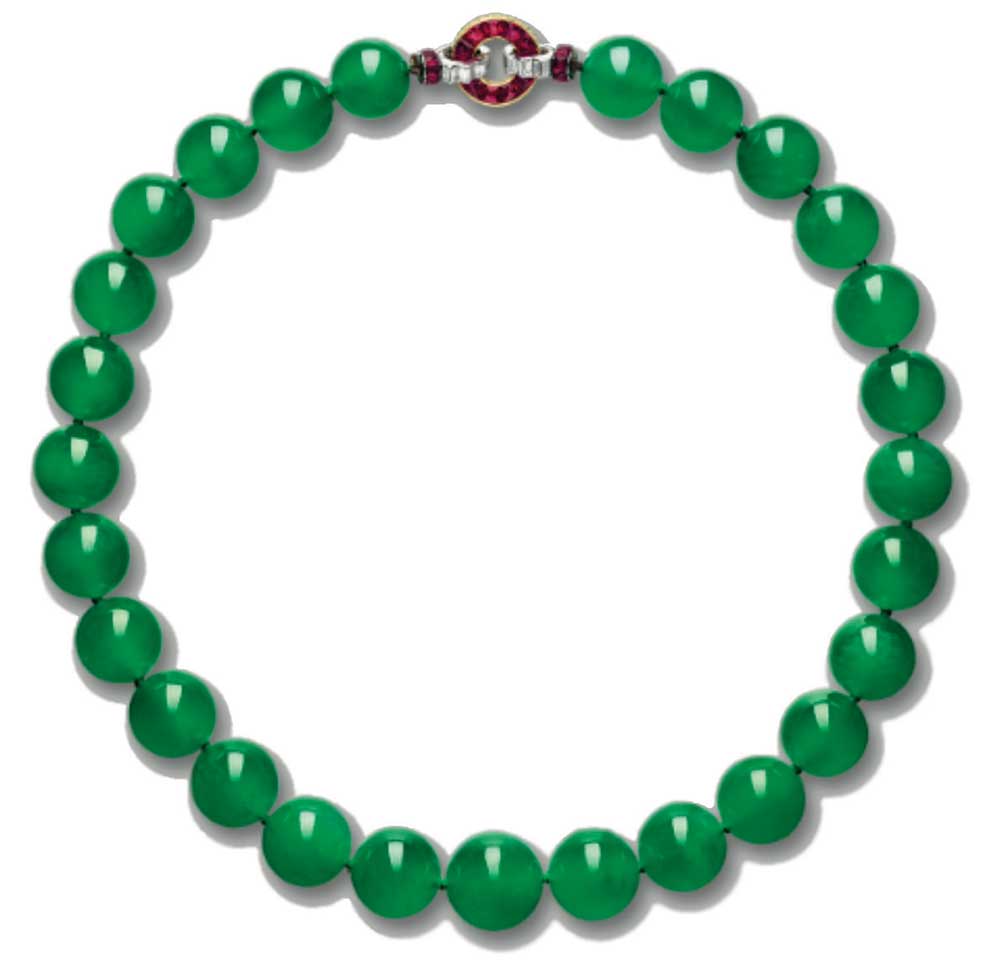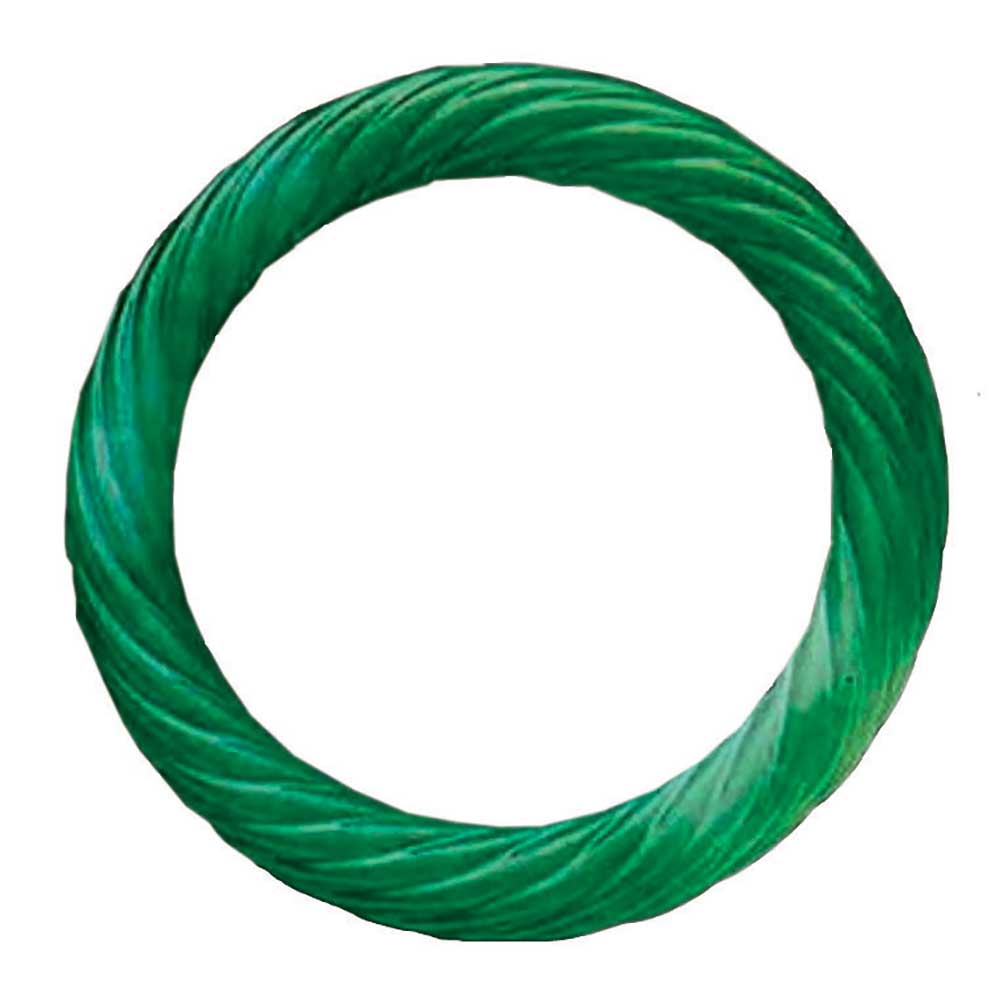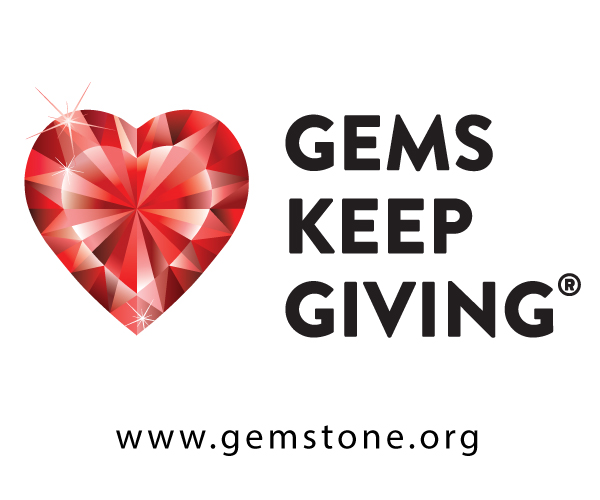Estimated reading time: 12 minutes
Long before jadeite was named the King of Jades, people were using jadeite and nephrite to make ritual utensils and ornaments. Following the Bronze Age, however, the prehistoric jade culture in Europe soon disappeared. In America, natives used jadeite not only in jewelry, but also in ceremonial objects dating back 4,000 years. For civilizations such as the Mayans and Aztecs, jadeite was the most valuable gem until the arrival of the Spanish conquistadors in the 16th century.
In Asia, jadeite has been used to make ceremonial utensils since the Stone Age. This tradition lasted from the rope writing epoch to the Yasui era. Until the modern Nara era, jadeite culture had declined slightly in Japan.
Nephrite has been used in Chinese art for more than 1,000 years. Jadeite, on the other hand, was introduced into China only in the late Ming and early Qing dynasties.
Burma’s history and love affair with jadeite is also relatively recent and can be related to the development of the Chinese love of jadeite. The gem arrived in China around 1784 and was greatly treasured by the Qing Imperial family. Jadeite court necklaces were only worn when the Emperor and his fellow councilors held official functions; officials ranked level five or below were forbidden to possess or wear court necklaces. High ranking officials, however, decorated their headdress with tubular jadeite—Ling Guan—and a peacock feather.
The rough jade and the cut block showing where the beads were taken from that were used in this magnificent jadeite and spinel necklace. It was sold in 2019 at Christie’s for HKD73.58M (≈US$9.49M).
Jadeite has been a symbol of supreme status and extreme wealth. Bangles and rings were given by members of the Qing court as gifts and tributes; only ladies from families with an honorable pedigree were allowed to wear such gifts since jadeite was a symbol of one’s high status.
Jade’s diverse rich colors, the excellent hardness and toughness, plus the fact that it can be carved into large objects of supreme quality made it the most beloved gem for the people of China, from the emperor to the common man.
Starting at the beginning of the 19th century, jadeite became popular, due probably to the Empress Dowager Cixi, who adored the auspicious gem more than anything else. It was the first time in recent history that the demand influenced the price, which reached the sky for fine jadeite.
After the death of the Empress Dowager in 1908, political instability followed, and a great number of Imperial jadeite treasures were removed from the palace and sold to the public. As a result, many of these treasures, including court necklaces, were lost forever. Some may have been taken out of China, while others may have been re-cut or re-set into other pieces of jewelry.
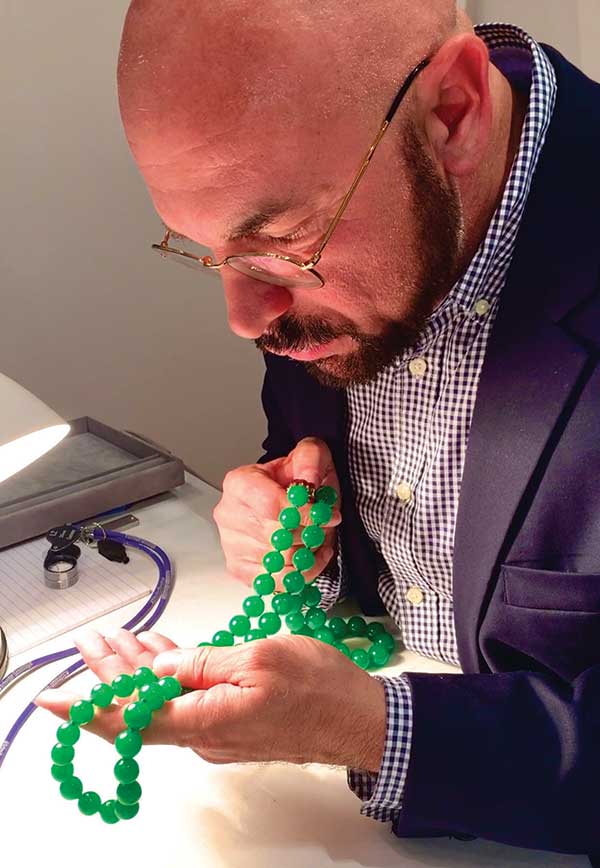
The original definition of the two Chinese characters, fei cui, which stands for jadeite today, attests to the preeminence of this special gemstone. Yi WuZhi (The Book of Foreign Matters) explains, “Cui, a red bird resembling a male swallow, is named Fei, whereas the female green bird is named Cui, and its feathers are used as adornments.” Cui was a very rare and precious bird in ancient times, and it was hunted for its exceptional and bright-colored feathers. Jadeites, which come in a wide range of attractive colors, were coined Fei Cui for their beauty and high value.
The author examining the jadeite and spinel necklace featured opposite.
The gem also has variable transparency and structure, leading various scholars and merchants to have different classifications depending on their perspective. Jadeite is divided mainly into a series of green (the most diverse), purple, red-yellow and white-colorless. The green series includes imperial green, apple green, yellow poplar green, bean green, spinach green and many other varieties.
The purple series includes pink purple, violet, eggplant purple, blue purple and other varieties. Lavender is the second most sought-after color after imperial green. The red-yellow series is divided into red and yellow varieties, while the white-colorless series includes white opaque to colorless translucent varieties. There can also be two or more colors in one piece of jadeite. The interlocking mineral structure of jadeite is tighter than nephrite, which makes it tougher with a smoother texture. This is one of the reasons why jadeite is mostly used for jewelry while nephrite is generally used for carving.
In metaphysics, jade is considered to be a spiritual gemstone. If worn close to the skin, the stone’s energy is transferred to the wearer, resulting in a healthy influence.
As for the jadeite itself, it receives positive aura from the wearer, thus improving its color and translucency. Jadeite is a mineral aggregate composed of a sodium chrome pyroxene and omphacite.
The chemical formula is NaAlSi2O6, and it can contain Cr, Fe, Ca, Mg, Mn, V, Ti and other elements, giving jadeite covers that span almost the entire spectrum. Its hardness is much higher than any other gem, which is why it can be carved without breaking. The common structures of jadeite are interwoven and granular fibers, translucent to opaque, oily to glassy. The refractive index is 1.66 (spot test); relative density is 3.34; and it measures 6.5–7 on the Mohs hardness scale.
Myanmar is still the main producing area of jadeite in the world, supplying more than 95% of gem-grade jadeite. Other nations also produce jade, including Guatemala, Russia, Kazakhstan and Japan, but the quality and quantity are far from those of Myanmar.
To understand what makes jadeite jade so unique and, in particular, to understand the characteristics of the so called Imperial jade, we have to look at a number of factors.
Jadeite and nephrite are generally referred to as “jade.” What makes jadeite more desirable than nephrite is the quality of the material.
In Chinese culture, jadeite is generally referred to as “hard jade” and nephrite as “soft jade.” Green jadeite represents vigor and energy of life, and is the most favored gem by customers and collectors. Called the soul of jadeite, green is undoubtedly the most important color. Normally, we estimate jadeite color in terms of saturation, brightness, uniformity and purity.
Unlike diamonds and other gemstones, the beauty of jadeite comes from the luminosity within, due to its pure internal structure that makes its color bright and vibrant. A high-quality jadeite has an evenly distributed and highly saturated green.
Imperial jadeite has excellent quality among all-natural jadeites; consequently, it is the rarest and the most precious. It is as clean as glass, and has a pure, bright, thick and evenly distributed pure green color.
Characteristics of Jade
There are a number of criteria that are used in determining the value of jade.
The Texture of jadeite can be fine, medium or coarse. The tighter the fibrous and crystalline interlocking structure, the finer the texture. That has to do with the distribution consistency and evenness of the grain within the material, which enables light to penetrate the stone to create translucency. The finer it is means it can be more finely polished, thus making it more valuable.
Translucency is another criterion in determining top quality jadeite. A result of the above-mentioned structures is the degree of transparency—even the highest quality jadeite is never transparent. Jadeite’s translucency can range from opaque to glass-like or glassy. The higher the translucency, the rarer and more desirable is the stone. Top quality jadeite is semi-transparent, and the finer the grain distribution is, the higher is the quality. Granular clouds of milky patches should not be present.
Clarity characteristics should not be confused with color roots that will lower the quality of jade, but that are not inclusions. Jadeite color can often be dotted or striped and change from darker to lighter. Darker colors are called color roots. Although the existence of color roots can be used as a sign to judge whether the color of jadeite is natural or has been enhanced, it also leads to uneven color distribution, which reduces the value.
Color is the most important characteristic. It is always the first thing that will attract buyers. As for every colored gemstone, color is the most important factor in judging a gem; the more even is the distribution of color, the finer it is. Color is a combination of hue, saturation and tone. Hue is the kind of color (green in imperial jadeite); saturation is the intensity of color; and tone is the lightness or darkness of the hue.
Top quality Imperial jadeite can be described as follows:
● a very intense pure green color, ideally that of vivid “emerald” green, although even the finest jadeite tends to be slightly yellowish-green rather than bluish-green.
● a high saturation—more intense color—and sometimes this saturation is described as striking or even “vulgar.”
● a tone of medium to medium dark. The distribution of color (all of the above) must be even throughout the material with no roots or brown or whitish shades.
The second most important color is lavender. Jadeite with a fine texture and excellent translucency is rare, and the color is usually much paler than less refined material. Therefore, the desirability and value of the stone will be based on the balance between the intensity of color and translucency. The finest colorless jadeite has a smooth texture, glass-like translucency, no gray or blue tint, and is free from natural inclusions.
The Cut does not affect the value of jadeite as much as color, texture and translucency. Because of the availability and yield of the material, however, bangles, hoops, beads and large cabochons are generally priced higher than other shapes of comparable quality. Top quality jadeite is usually cut from the veins or patches of color in a big stone boulder. More than half of the jadeite boulders mined are of no commercial value, and the remaining usable material mostly produces low to medium quality commercial material. It is very rare that a boulder contains veins that could produce the vivid emerald green, fine texture and glass-like translucency of “Imperial Green” jadeite, and even more rare to have enough material to produce a bangle or numerous beads to make into a necklace.
The Size is, of course, a factor that affects the value of any gem; the bigger it is, the more expensive is the gem. The most costly and desirable types of jadeite jewelry are bead necklaces. Top-quality jadeites are often referred to as ‘old mine’ jadeites originating from the reputed mines in Hpakan in Burma. Their dense structure, fine crystals, even color and high translucency deem such specimens to be the best in the world. However, such exceptional jadeite boulders are extremely scarce and relatively small in size, jadeite beads that could be cut and polished from these rough are mostly 5mm to 10mm in diameter.
Necklaces consists of bead of 14mm to 17 mm matched in color and of superb quality are extremely rare and it is a wonder of Nature when one appears on the market.
In terms of treatments, it should be noted that the varieties of jadeite that have undergone enhancements, such as pickling, glue injection, waxing and dyeing, appeared only in the second half of the 20th century. Treated jades will thus not appear in antique or period jewelry. It is also needless to mention that superior quality Imperial Jadeite has not undergone any treatment to enhance its appearance or color.
Considering price, the Chinese have a saying: Buy expensively but don’t buy wrong. Imperial Jadeite is valued by connoisseurs not only in the East but also in the West.
Jades at Auction
Taking all of the above characteristics in consideration, plus provenance, it is clear why there is such a variation in the prices jade jewelry fetches at auction. To narrow down the number of record-breaking sales of jade, we focus on these pages on Imperial Jade, while offering a few examples of lavender jade and multi-colored pieces for comparison. As you will see, the prices commanded are not at all insignificant.
Looking back in history, one of the most magnificent jade necklaces ever to appear on the market is that owned by Mrs Barbara Hutton. The heiress to the Woolworth empire, she was one of the most important jewelry collectors in the 20th century, with an amazing collection of exquisite gems. Every piece of jewelry in her collection was worthy of special mention.
Among Hutton’s favorites were jadeite jade and nephrite, which were introduced to her by the owner of a San Francisco- based jewelry store, Abe Gump. Gump specialized in Oriental objets d’art and it has been said that even when he was blind, he could appreciate a fine quality jade or fine jade carving just by touching it.
Although the majority of Hutton’s vast collection was ornamental, she had some magnificent jadeite jewels. Her famous jadeite necklace consists of 27 beads measuring 15.40 mm to 19.20 mm, exhibiting perfect proportions, a luminous glow from within, rich green color and so perfectly matching that they must have been carved from the same boulder.
Jadeite beads involve immense waste, so jadeite bead necklaces are the most valuable and sought-after pieces of jadeite jewelry. The original provenance of this prominent necklace remains a mystery. The one thing we do know is
that these 27 superbly matched green beads of superior quality appeared in Europe during the early 1930s. Since jadeite is different from other gems generally found in the West, in terms of structure and hardness, it is highly probable that this necklace could only have been cut and assembled in China, where artisans had the savoir faire and experience with jadeite.
Considering price, the Chinese have a saying:
“Buy expensively but don’t buy wrong.”
Cartier must have acquired the jadeite necklace and sold it to Hutton’s family before her marriage to Prince Mdivani, around 1933. It remained in her possession for about 20 years, after which she gave it to her childhood friend, Louise van Alen. The jadeite bead necklace was kept in that family until 1988, when it was offered at auction in Geneva as part of Princess Nina Mdivani’s (Hutton title after her marriage) collection. At that time, it sold for US$2 million— the highest price ever paid for a piece of jadeite jewelry, either in the East or the West.
In 1994, the necklace sold again at an auction in Hong Kong for US$4.2 million, again setting a new world record for jadeite jewelry. Since then, it has become one of the most legendary and important pieces of jadeite jewelry worldwide. It was last sold at a Sotheby’s auction in Hong Kong in 2014 for US$27.4 million.
Acknowledgments
I would like to express my appreciation and thanks to the following: Mrs. Shanne Ng, Deputy Director Specialist jewelry, Hong Kong Sotheby’s; Fung Chiang, Vice President and Senior Specialist, Jewellery Department, Hong Kong Christie’s; and Professor Xuemei He, Professor at the University of Geoscience in Beijing, China.



